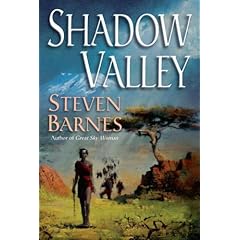About now, I wish I'd make "O for Overstructure"
because then I could have balanced things out
with "U." As it is, I'll have to touch on both, so
you might want to think of this as "U is for
Understructure/Overstructure."
You might want to think of this as the Yin and
Yang of storytelling, or the Male and Female of
it. "Understructure" movies and novels are
those dealing with the internal world of the
characters, their emotions and feelings and
subjective experiences. "Overstructure" films
deal with actions, objective incident, and
sweeping event. I'd suggest that you go to
Variety.com and take a look at the top box
office films. Currently, I see MAYBE one
(probably) heavily understructured film,
"Becoming Jane," which I believe deals with
the life of author Jane Austin. Most of what
you see there is Overstructure, or a balance
between the two. "Transformers" is almost
pure event, with barely enough human
emotion to hold the special effects sequences
together. "Bourne Ultimatum" is actually
decently balanced, because the entire thrust
of this spy film is the search for personal
identity and meaning.
The conclusion we can draw is that most
films are "Overstructure," if for no other
reason than that external events are far
easier to film. They are photographable
acts, by definition, while understructure
is really far easier to pull off in the novel,
where the internal monologues of the
characters can be endlessly explored.
The best, and most successful films are
those balancing spectacle and emotion,
and I would suggest that in your own
creative projects you look deeply into
this, seek the external image that expresses
the internal states, and the emotions that
justify the external actions.
Friday, September 21, 2007
U is for Understructure
Posted by
Steven Barnes
at
7:12 AM
![]()
Subscribe to:
Post Comments (Atom)







No comments:
Post a Comment